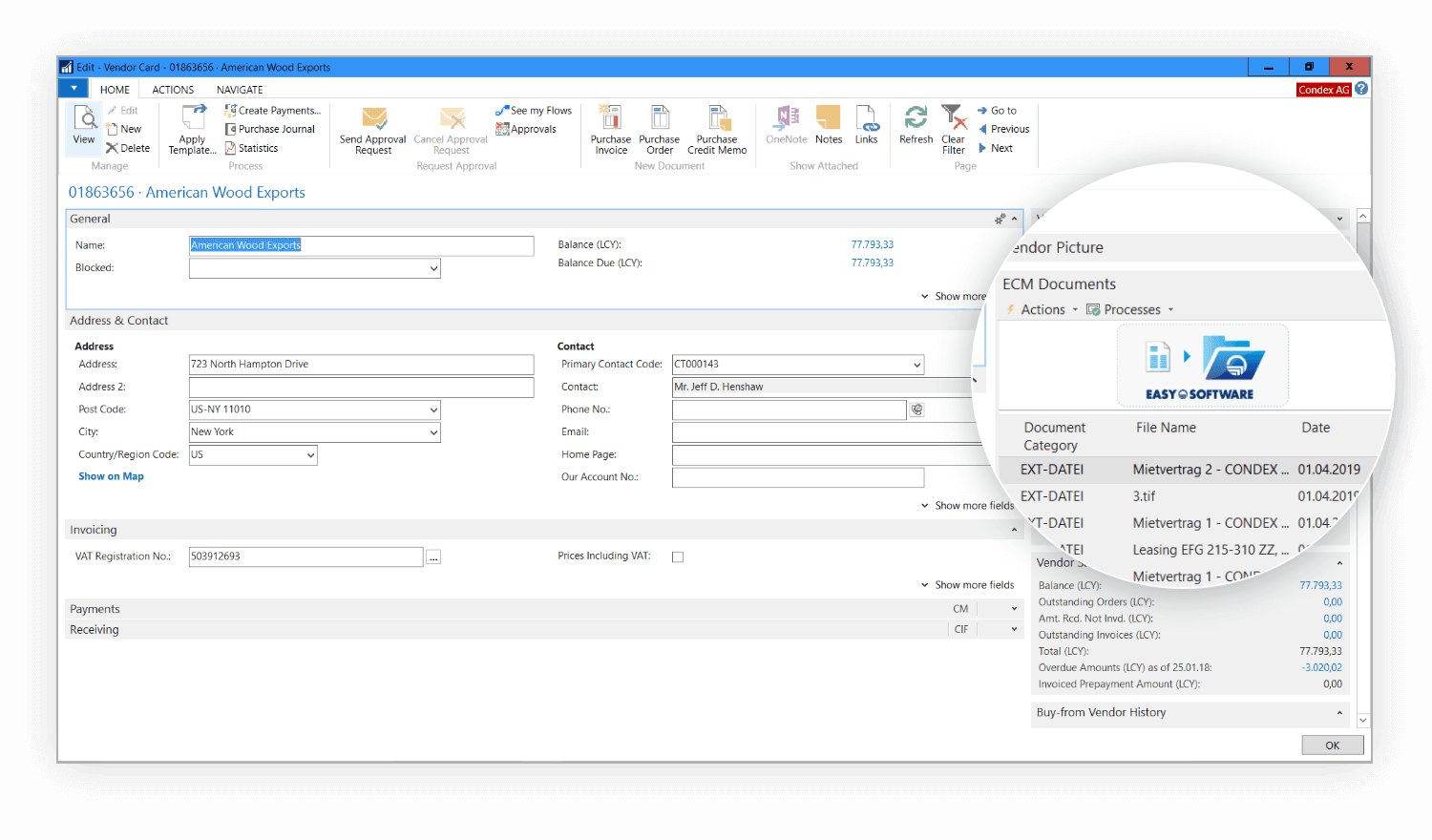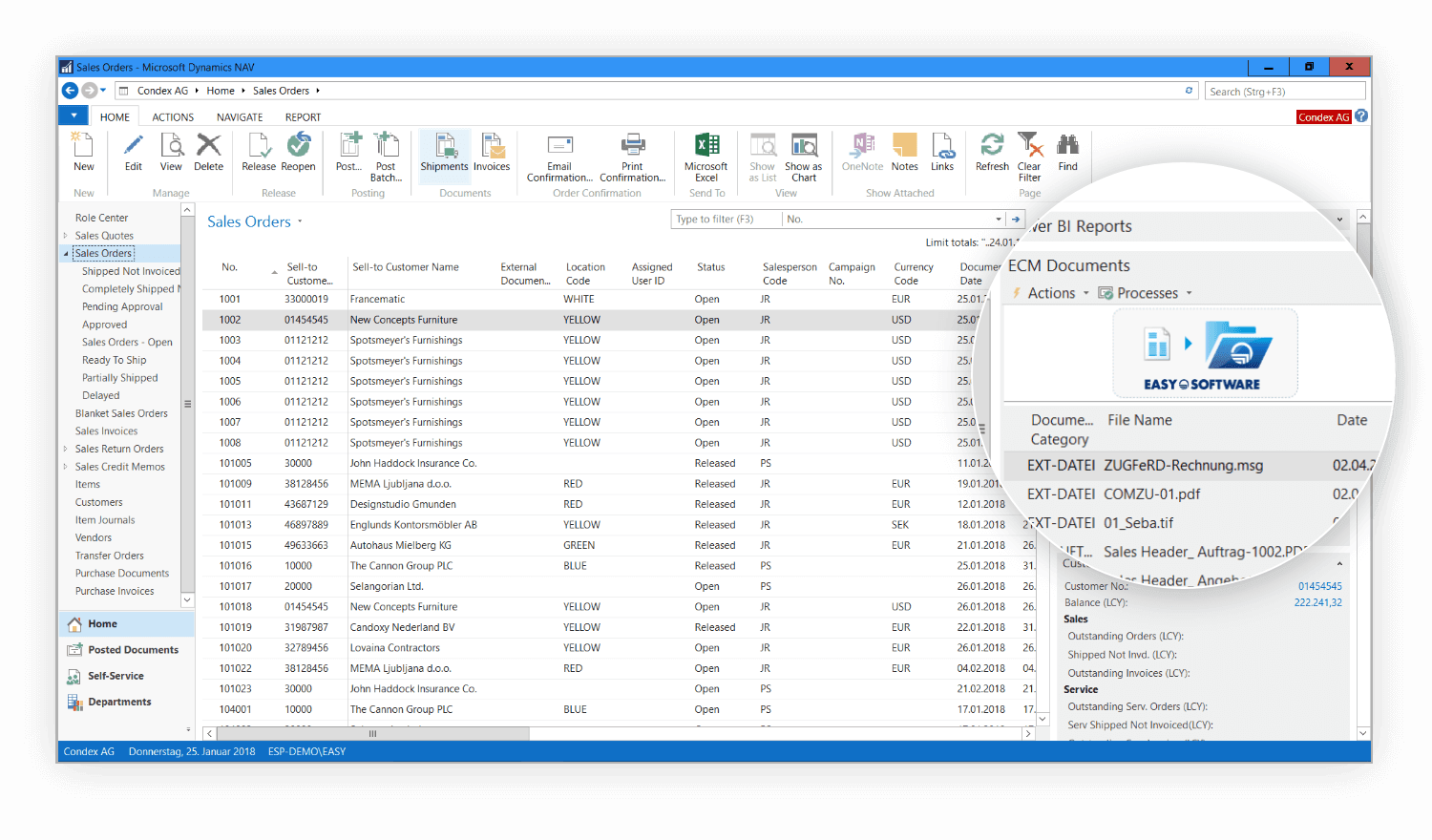Navision software, a powerful tool for businesses, streamlines operations effectively, enhancing productivity and efficiency. Dive into the world of Navision software to discover its transformative capabilities and benefits.
This software has revolutionized the way businesses operate, offering customizable solutions to meet specific needs and ensuring seamless integration with existing systems.
Introduction to Navision Software
Navision software, also known as Microsoft Dynamics NAV, is an enterprise resource planning (ERP) solution designed to help businesses manage their finances, supply chain, and operations efficiently.
Navision software has a rich history, originally developed by a Danish company called PC&C A/S in 1984. Over the years, it went through several acquisitions and mergers before being acquired by Microsoft in 2002 and rebranded as Microsoft Dynamics NAV.
Key Features and Benefits
- Financial Management: Navision software helps businesses streamline their financial processes, including general ledger, accounts payable, and receivable.
- Supply Chain Management: With Navision, companies can manage inventory, track orders, and optimize supply chain operations.
- Manufacturing Capabilities: The software offers tools for production planning, scheduling, and quality control to improve manufacturing efficiency.
- Business Intelligence: Navision provides real-time insights and analytics to help businesses make informed decisions and drive growth.
- Customization and Integration: Users can tailor the software to their specific needs and integrate it with other Microsoft products for seamless operations.
Implementation of Navision Software

Implementing Navision software in a business is a crucial step towards streamlining operations and enhancing productivity. Below is a step-by-step guide on how to set up Navision software and a comparison of different methods for small and large enterprises.
Step-by-Step Guide to Setting Up Navision Software:
- 1. Assess Business Needs: Identify the specific requirements and processes that Navision software needs to address.
- 2. Choose the Right Version: Select the appropriate version of Navision software based on the size and complexity of your business.
- 3. Installation: Install the Navision software on the designated servers and workstations.
- 4. Configuration: Configure the software settings to align with your business processes and workflows.
- 5. Data Migration: Transfer existing data from legacy systems to Navision software for seamless continuity.
- 6. Training: Provide training to employees on how to use Navision software effectively.
- 7. Testing: Conduct thorough testing to ensure the software functions correctly and meets business requirements.
- 8. Go-Live: Launch Navision software across the organization and monitor its performance.
Comparison of Implementation Methods for Small and Large Enterprises:
| Aspect | Small Enterprises | Large Enterprises |
|---|---|---|
| Cost | Lower initial investment but may lack scalability. | Higher initial investment but offers scalability and customization. |
| Timeline | Quicker implementation due to simpler processes. | Longer implementation time due to complexity and size of the organization. |
| Resource Allocation | Requires fewer resources in terms of manpower and infrastructure. | Needs dedicated resources for project management and customization. |
| Customization | Limited customization options due to budget constraints. | Extensive customization potential to meet unique business needs. |
Customization and Configuration: Navision Software
Customization and configuration are essential aspects of Navision software to tailor the system to meet specific business requirements and ensure optimal performance. By customizing Navision software, businesses can enhance productivity, improve efficiency, and streamline processes according to their unique needs.
Customization of Navision Software
Navision software offers a high degree of customization capabilities, allowing businesses to modify the system to align with their specific workflows and requirements. Customization options include creating new fields, forms, reports, and workflows tailored to the organization’s processes. This flexibility enables businesses to adapt Navision software to their industry-specific needs, ensuring a seamless integration with existing systems and operations.
Importance of Configuration
Configuring Navision software according to industry standards is crucial to ensure compliance, data accuracy, and system efficiency. By following best practices and standards, businesses can optimize the performance of Navision software, minimize errors, and enhance user experience. Proper configuration also enables seamless integration with other software applications, facilitating data exchange and improving overall operational efficiency.
Examples of Customized Modules
– In the manufacturing industry, customized modules in Navision software can include production planning tools, quality control modules, and inventory management solutions tailored to the specific requirements of the manufacturing process.
– For retail businesses, customized modules may focus on point-of-sale systems, inventory tracking, and customer relationship management functionalities to enhance the retail experience and streamline operations.
– In the service industry, customized modules can include project management tools, resource allocation features, and billing modules designed to meet the unique needs of service-based businesses.
Overall, customization and configuration play a vital role in maximizing the benefits of Navision software and ensuring that it aligns with the specific requirements of businesses across different industries.
Integration Capabilities
Navision software offers robust integration capabilities, allowing seamless connectivity with a wide range of applications and systems. This enables businesses to streamline their operations and improve efficiency by eliminating manual data entry and ensuring real-time information sharing.
Integration with Other Applications
Navision software can integrate with various applications such as CRM systems, e-commerce platforms, and third-party analytics tools. This integration allows for the exchange of data between different systems, ensuring a smooth flow of information across the organization.
- Integration with CRM Systems: Navision can be integrated with popular CRM systems like Salesforce, enabling sales and customer data to be synchronized for a more comprehensive view of customer interactions.
- Integration with E-commerce Platforms: By integrating with e-commerce platforms such as Shopify or Magento, Navision can automatically update inventory levels, process orders, and manage customer data, leading to improved order fulfillment and customer satisfaction.
- Integration with Third-Party Analytics Tools: Navision software can be seamlessly integrated with analytics tools like Power BI or Tableau for advanced reporting and data visualization, allowing businesses to make informed decisions based on real-time insights.
Successful Integration Projects
Several businesses have successfully implemented Navision software integration projects to streamline their operations and enhance efficiency. One such example is a manufacturing company that integrated Navision with their supply chain management system, resulting in improved inventory management and reduced lead times.
By leveraging Navision’s integration capabilities, businesses can achieve a connected ecosystem that optimizes processes and drives growth.
Training and Support

Training employees to effectively use Navision software is crucial for maximizing its benefits and ensuring smooth operations within the organization. Proper training can help employees understand the functionalities of the software, increase productivity, and reduce errors in data entry and processing.
Training Options
- On-site Training: Navision software providers offer on-site training sessions where a trainer visits the organization to conduct hands-on training for employees. This option allows for personalized instruction and immediate application of learning.
- Online Training: Virtual training sessions are also available for users who prefer remote learning. These sessions can be conducted through webinars, video tutorials, or online courses, providing flexibility for employees to learn at their own pace.
- Certification Programs: Some Navision software providers offer certification programs for users who want to enhance their skills and knowledge of the software. These programs often include exams and practical assessments to validate proficiency.
Support Services, Navision software
- Technical Support: Navision software providers offer technical support services to assist users with any software-related issues or troubleshooting. This may include phone support, email support, or live chat options for immediate assistance.
- Updates and Maintenance: Regular updates and maintenance services are provided by Navision software providers to ensure that the software is up-to-date and running smoothly. This helps in addressing any bugs or issues and improving overall performance.
- Training Materials: In addition to training sessions, Navision software providers often offer training materials such as user manuals, guides, and tutorials to support ongoing learning and skill development for users.
Final Wrap-Up

In conclusion, Navision software emerges as a game-changer in the realm of business management, providing a versatile platform for growth and success. Embrace the power of Navision software to propel your business towards new heights of efficiency and innovation.
